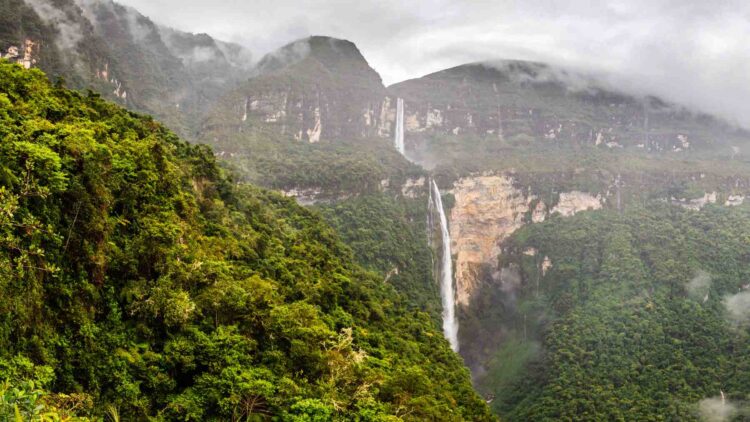Ancient civilizations continue to be a mystery that we are itching to solve. The little information that we know has only made us more curious to delve into old structures, temples and other archaeological discoveries that might give us a glimpse into how these earlier humans lived, what their beliefs were, and what they might have in common with us. One of the most studied regions is Latin America, as we have a very clear demarcation between old civilizations and the effects of colonization, and Peru has proven to be a treasure trove of information.
The new discovery happened in Gran Pajatén, an archaeological site discovered in the 1960s and located in the Peru’s Río Abiseo National Park. This site has been explored for a very long time, but the remoteness of the location and the delicate nature of the ruins have made it hard to make any significant headway until now.
In May, the World Monuments Fund (WMF) surprised the world by announcing the discovery of 100 new structures that add a lot of new context to what we know about the Chachapoyas people, often referred to as the “people of the cloud forest.” This civilization thrived from around the 7th to the 16th century, but until now most of what is left of them was hidden in the jungle.
The new Peru discovery that sheds the light on an ancient civilization
The new structures reveal that Gran Pajatén was far more expansive than anyone had guessed and provide archaeologists with solid proof that the Chachapoya were active at the site at least until the 14th century.
Juan Pablo de la Puente Brunke, Executive Director of WMF in Peru said that “This discovery radically expands our understanding of Gran Pajatén and raises new questions about the site’s role in the Chachapoya world. Evidence now confirms that it is not an isolated complex but part of an articulated network of pre-Hispanic settlements from different periods.”
Bénédicte de Montlaur, President and CEO of the WMF raved about the discovery and stated that it had only been possible thanks to advances in technology, saying that “what makes this moment so meaningful is not only the scale of what’s been uncovered, but how we were able to do it. By using advanced technology, our team was able to gather extraordinary visual and scientific documentation that brings Gran Pajatén to life—all while preserving its delicate environment. Though the site itself remains out of reach for most, these tools will allow us to share its stories widely through thoughtful, immersive digital storytelling.”
This use of technology is becoming more and more important when it comes to archaeological discoveries, as scientists and researchers are able to accurately study old objects and their context without compromising their integrity, something that until now was a lot harder to do and often had disastrous consequences. Given the age of the ruins and the fact that they have survived in a very humid and hostile environment for preservation for centuries, any techniques and pieces of equipment that allow for more study with less damage is a godsend.
Using a mix of aerial and ground-based LiDAR scanning, photogrammetry, and detailed topographic mapping, researchers were able to virtually peel back the forest canopy and get a clear view of what lay underneath, all without disturbing the ecosystem. The technology allowed for incredibly detailed mapping of how the site fits into the landscape, helping scientists understand not just what was built, but why it was built in that way. The structures, their layout, and their surroundings all tell a story about how the Chachapoya lived and interacted with their environment.

